Tea Storage: Doing it Right
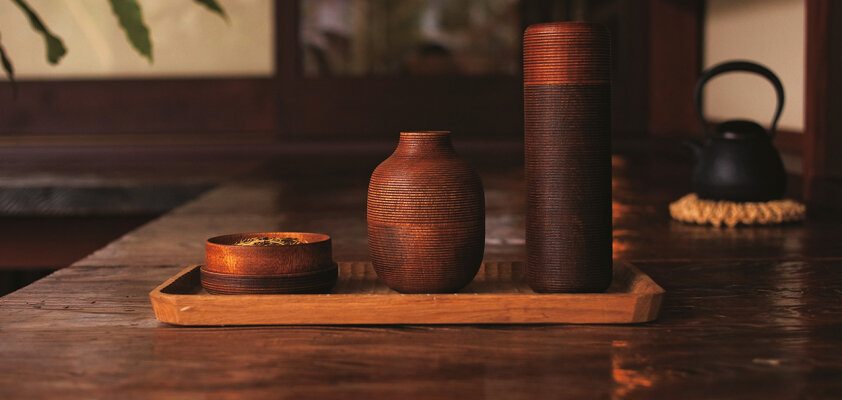
The new Sencha, Matcha, or Hojicha has arrived and is stored in the cupboard after the first delicious cup. There's not much that can go wrong - right? Storage actually plays a significant role in the enjoyment of tea, especially when it comes to Japanese green tea.
Recognize and preserve fresh tea
High-quality green, white, and even black tea are aromatic, healthy, and highly delicate. When the tea is still fresh, you can immediately notice it both in appearance and aroma. Fresh green tea, for example, has a light and grassy flavor. On the other hand, black tea has a fruity and mild fragrance. This scent should be easily perceptible; if the dried tea has very little aroma and the fragrance dissipates quickly, it could already be older.
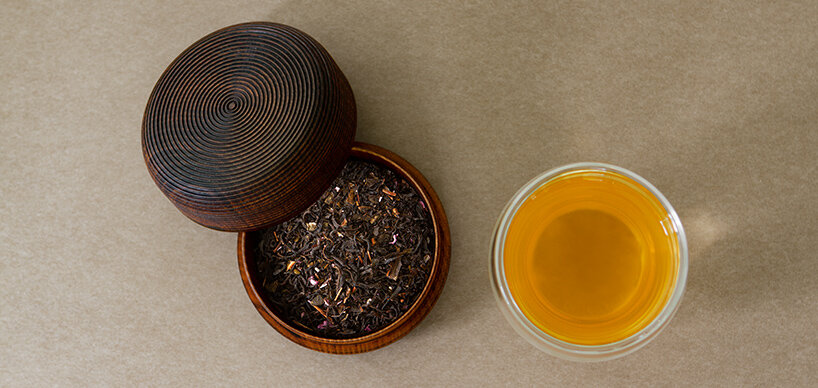
ORYOKI green tea: Japanese black tea Sweet Sakura, super-premium
Fresh tea leaves should appear fine, firm, and soft, not brittle, clumpy, or crumbly, and they should have a vibrant color instead of a dull one. Finally, you can recognize it by the taste, preserving the variety and intensity, with the flavor lingering on the tongue.
For tea enthusiasts, it's clear: only high-quality tea is truly good tea - carefully sorted, free from additives, and kept fresh. While cheaper tea is sold in larger quantities in supermarkets, packages of premium teas are often small. This is because prolonged storage diminishes freshness. However, if the tea is improperly stored at home after purchase, the aroma dissipates, and the tea soon doesn't taste as good as it did initially. Therefore, it is crucial to protect green tea, especially against three things: sunlight, moisture, and oxygen. This applies to loose tea as well as tea bags.
So, the right storage for any tea is dark, dry, and airtight. The container should also not be excessively heated - a temperature of 19 to 20 degrees is ideal to preserve the aroma. Therefore, near the heater or stove is not the best place for the tea canister. In the kitchen, one should also be mindful of keeping strong-smelling foods such as coffee, spices, or even cheese away.
Why shouldn't I just leave my tea in the package? The packaging can easily get damaged, and it's often not as easy to reseal. Some packages fail to keep moisture and odors out while retaining the aroma inside. Portioning the tea is also much easier in a storage box. But which canister is truly good for my tea?
What matters when choosing a tea caddy
The material matters: In some metal cans, for example, condensation can easily form - and moisture is harmful to loose tea. Additionally, green tea can oxidize in such containers, leading to the loss of valuable nutrients. Ultimately, this would affect the taste.
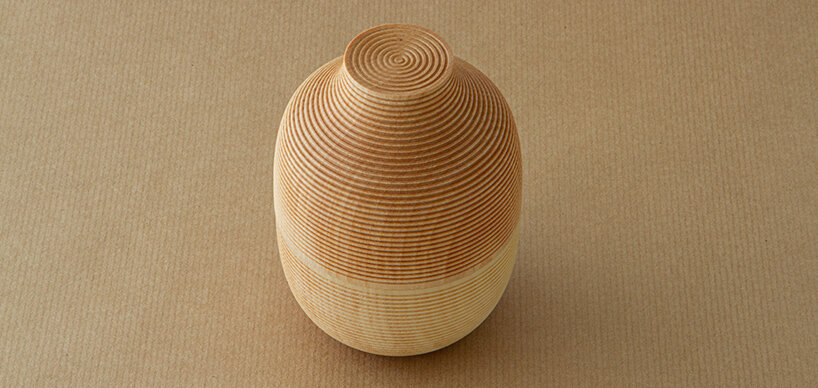
Wood is often the material of choice when it comes to storing loose tea. There are wooden tea boxes with or without rubber seals, round or square, large or small. For tea bags, a storage box with various compartments is suitable for separating and protecting different tea varieties. However, caution is advised even here: wood can have its own scent that can transfer to the tea. Plastic containers are not as suitable for these reasons. Plastic's reaction with tea and environmental concerns also speak against plastic containers.
This means that only containers of good quality can preserve the taste of tea well, regardless of the material. In Japan, the land of tea, there are special containers for storing tea: Chazutsu. Traditionally, such tea containers are made of cherry wood, which has a special effect on the tea: it imparts an even more intense aroma. The wood willingly absorbs the scent of the tea and intensifies it.
Today, these containers can be made of wood, stainless steel, porcelain, bamboo, or ceramic. The most important characteristics of such tea containers are light impermeability - no small glass windows as commonly found in tea bag boxes - and a tight seal. Of course, aesthetics also play a role here. The containers come in various sizes, usually with a capacity of 40 g to 200 g.
What matters when choosing a tea caddy
With proper tea storage, you can enjoy the drink for a long time - but how long exactly? Some tea varieties have the ability to mature with time, much like good wine. Chinese Pu-Erh tea and Oolong are some of these varieties. Over time, these (semi-)fermented teas taste even better, and it's worth storing them longer.
However, for green tea, it's unfortunately different. The duration of its palatability depends on the specific type. Matcha, in particular, becomes stale quickly, as we consume it in powder form, making it particularly sensitive. Matcha can be stored without concerns for a few months, after which it may not be as enjoyable and is better suited for cooking and baking. While other tea varieties can stay fresh for a longer time, the general advice still applies: drink it quickly!
When the canister is empty and being refilled, it's advisable to use the same type of tea if possible. Wood, in particular, quickly absorbs the aroma of its contents, similar to what we observe with wine barrels. Perfumed cleaning agents should be avoided. Water - preferably the soft water used to prepare the tea - is sufficient, and thorough drying is self-evident.
One method to keep tea fresh for a longer time is to store it in the refrigerator. However, caution is required here, as the tea could be exposed to moisture and strong odors. Therefore, special attention should be given in the refrigerator to ensuring that loose tea is sealed with an airtight lid and stored dry - preferably in designated compartments.
Enjoy tea with the right box and storage
Here are once again the key tips for proper tea storage summarized for you:
- Store protected from air and light: a high-quality, non-transparent, tightly sealed tea canister or storage box is a must
- Avoid moisture: ensure that no condensation forms or comes into contact with loose tea
- Protect from foreign odors: choose an odor-neutral tea box and avoid storing it with strongly odorous spices, coffee, or other foods
- Store in a cool place: 19 to 20 degrees are ideal for tea
- Care for the tea canister: the storage container should preferably only be used for one type of tea; otherwise, it should be thoroughly cleaned with soft water
- Consume within about 6 weeks: this ensures fresh and full flavor
Enjoy choosing the right tea canister - and have a great time savoring your favorite tea!

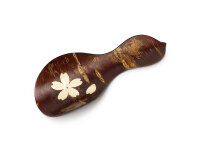
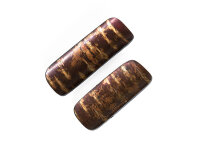
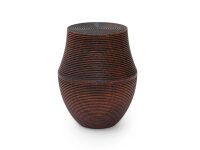
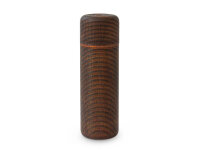
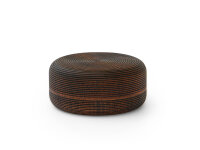
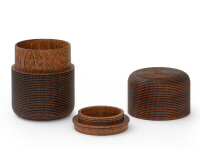
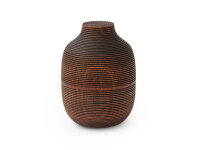
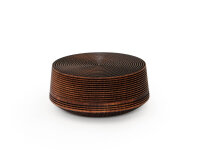
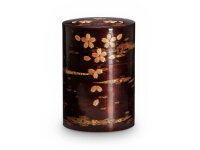
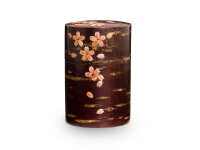
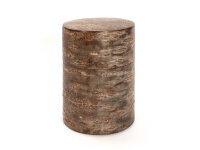
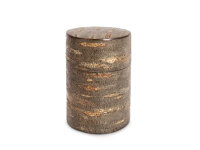
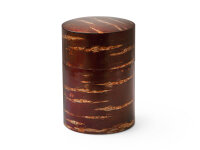
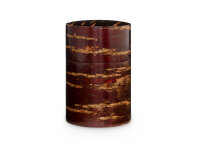
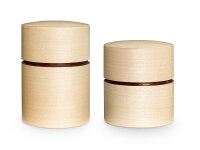










-from-the-yakiyaki-grill-pan.jpg)




